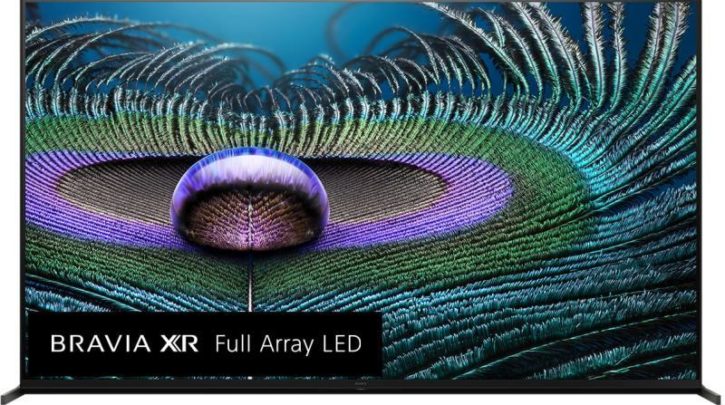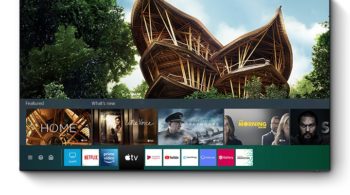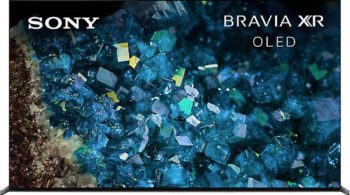Choosing the right TV is essential for an immersive viewing experience. In this comparison, we take a closer look at two popular 8K TVs, the Sony XR-85Z9J Ultra HD (8K) TV and the Samsung 85QN800AT Ultra HD (8K) TV, to help you decide which one best suits your needs.
Display
Both TVs feature an 85-inch flat LED screen with an Ultra HD (8K) resolution of 7680×4320 pixels. They also support a real refresh rate of 100/120 Hz and are compatible with multiple HDR formats, including Dolby Vision, HDR10, and HLG (Hybrid Log-Gamma). The Sony model boasts a Cognitive Processor XR and Triluminos Display, while the Samsung model offers Quantum HDR 32X and Mini LED technology with Quantum Dot.
Performance
Sony’s XR-85Z9J is powered by a Cognitive Processor XR, which offers various display and imaging features such as Direct Full Array, Local Dimming, XR 8K Upscaling, XR Contrast Booster, and XR Motion Clarity. On the other hand, Samsung’s 85QN800AT is equipped with a Neo Quantum Processor 8K and Quantum Matrix Technology Pro, which enhances the TV’s performance with features like 8K AI Upscaling, Ultimate 8K Dimming Pro, and Ultra Viewing Angle.
Sound
In terms of sound quality, the Sony XR-85Z9J has a 2.2 speaker system with an audio output power of 85 W, featuring Dolby Atmos, Dolby Digital, Dolby Digital Plus, and DTS support. The Samsung 85QN800AT also has a 4.2.2 speaker system, but with a slightly lower audio output power of 70 W. Both TVs have built-in subwoofers, and the Samsung model offers additional audio features like Object Tracking Sound and Q-Symphony.

Tuners
Both TVs come with built-in tuners for analog, digital terrestrial, cable TV, HD satellite, and HD digital terrestrial reception, ensuring compatibility with various signal sources.
Connections
The Sony XR-85Z9J and Samsung 85QN800AT both have built-in Wi-Fi and Ethernet ports for internet connectivity. The Sony model has 2 USB 2.0 ports, 1 USB 3.0 port, and 4 HDMI 2.0 inputs with HDMI 2.1 support, while the Samsung model has 3 USB 2.0 ports and 4 HDMI 2.0 inputs with HDMI 2.1 support. Both TVs also have HDMI-CEC, digital audio output, common interface, and LNB inputs.
Smart Features
Both TVs are equipped with smart features, with the Sony model running on Android TV 10 and the Samsung model running on Tizen 6.0. They offer popular apps like Netflix, Prime Video, and YouTube, and support voice control, screen mirroring, and other multimedia features.
Design and Energy Efficiency: The Sony XR-85Z9J has a slim frame with a titanium black finish, while the Samsung 85QN800AT features an ultra-slim frame in black. Both TVs have an energy efficiency class of G for both SDR and HDR modes, with the Sony model consuming slightly more energy overall.
Both the Sony XR-85Z9J Ultra HD (8K) TV and the Samsung 85QN800AT Ultra HD (8K) TV offer impressive features and cutting-edge technology for an immersive viewing experience. Your choice ultimately depends on your personal preferences and priorities. If you prefer a TV with a slightly more powerful audio output and the versatility of an Android TV, the Sony XR-85Z9J may be the better choice. However, if you’re looking for a TV with innovative display technologies like Mini LED with Quantum Dot and additional audio features like Object Tracking Sound, the Samsung 85QN800AT might be more suitable.
In conclusion, both TVs offer an incredible 8K viewing experience, and your decision should be based on the specific features that are most important to you. To make the best choice, consider visiting a local store to experience both models in person and compare their performance, design, and overall user experience.
River Knicks is just getting his start as a journalist. River attended a technical school while still in high school where he learned a variety of skills, from photography to coding. Apart from being a contributor to the site, River also helps keep Nebula Electronics up and running, he also keeps our social media feeds up-to-date.







